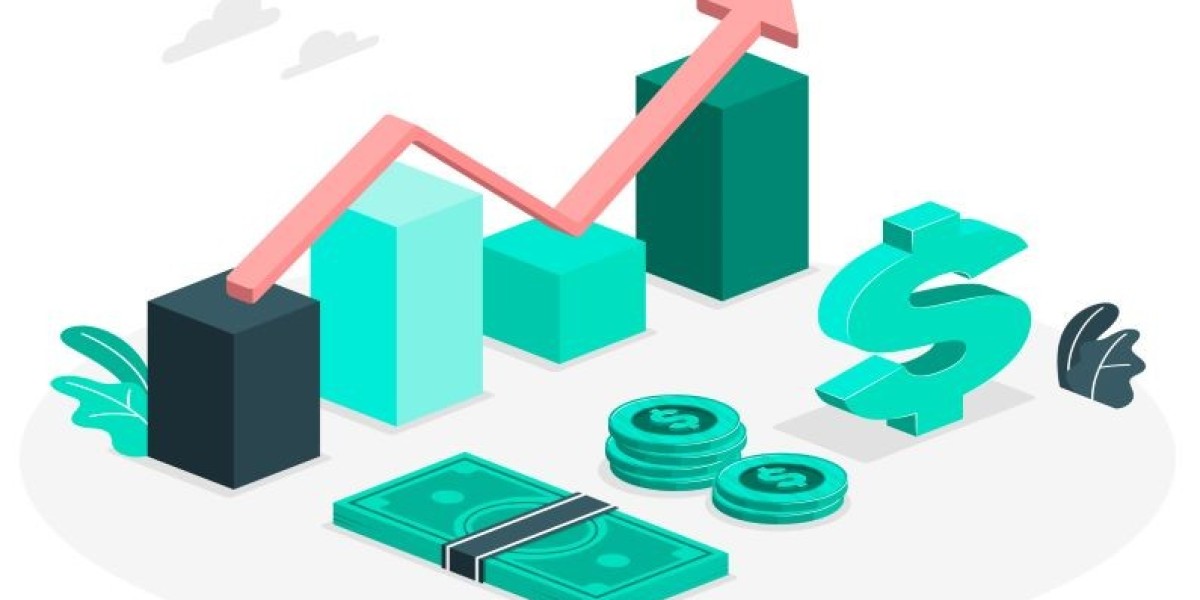In the fast-paced digital era of the 21st century, where convenience and efficiency reign supreme, on-demand services have emerged as a transformative force across various industries. At the heart of this revolution lies on-demand app development, enabling businesses to cater to the evolving needs of consumers seamlessly. From transportation and food delivery to healthcare and household services, the landscape of commerce has been reshaped by these innovative applications.
The Rise of On-Demand Economy
The concept of on-demand services gained significant traction with the proliferation of smartphones and high-speed internet connectivity. These technologies provided the foundation for businesses to connect directly with consumers, offering services at their fingertips with unprecedented ease. The success of pioneers like Uber and Airbnb demonstrated the immense potential of this model, inspiring entrepreneurs worldwide to explore new avenues in on-demand app development.
Understanding On-Demand App Development
On-demand app development involves creating platforms that facilitate immediate access to services or products through mobile applications. These apps typically connect users with service providers or businesses, allowing them to request services, make purchases, or schedule deliveries effortlessly. Behind the seamless user experience lies a complex ecosystem of technology components, including:
- User Interface (UI) Design: Intuitive interfaces that enhance user experience and simplify navigation.
- Backend Development: Server-side logic, databases, and APIs that manage data and facilitate communication between users and providers.
- Geolocation Services: Integration of GPS technology to enable real-time tracking and location-based services.
- Payment Gateways: Secure and efficient payment processing systems to facilitate transactions within the app.
Industries Transformed by On-Demand Apps
1. Transportation and Mobility
The transportation industry witnessed a paradigm shift with the advent of on-demand ride-hailing apps like Uber, Lyft, and Grab. These platforms revolutionized urban mobility by providing convenient alternatives to traditional taxi services. Users can request rides, track drivers in real-time, and make cashless payments, transforming the way people commute globally.
2. Food Delivery and Hospitality
On-demand food delivery apps such as DoorDash, Grubhub, and Deliveroo have reshaped the food industry landscape. These platforms connect users with nearby restaurants, enabling them to order food for delivery or pickup with just a few taps on their smartphones. The integration of real-time order tracking and customer reviews enhances transparency and trust, fostering a competitive market environment.
3. Healthcare and Telemedicine
The healthcare sector has embraced on-demand app development to improve access to medical services and telemedicine consultations. Apps like Teladoc Health and Doctor on Demand enable patients to consult healthcare professionals remotely, schedule appointments, and access medical records securely. This innovation has been particularly valuable during the COVID-19 pandemic, facilitating safe and convenient healthcare delivery.
4. Home Services and Maintenance
Platforms such as TaskRabbit and Handy have transformed the home services industry by connecting users with skilled professionals for various tasks, including plumbing, cleaning, and repairs. These apps streamline the process of finding reliable service providers, scheduling appointments, and managing payments, offering convenience and peace of mind to homeowners and renters alike.
5. Retail and E-Commerce
E-commerce giants like Amazon have leveraged on-demand app development to offer same-day delivery services through apps like Amazon Prime Now. This model has set new standards in speed and convenience for online shopping, prompting traditional retailers to adopt similar strategies to compete in the digital marketplace.
Challenges and Opportunities
While on-demand apps offer numerous benefits, they also present challenges such as:
- Market Saturation: Increased competition among app developers and service providers.
- Regulatory Compliance: Navigating legal and regulatory requirements across different regions.
- User Trust and Security: Ensuring data privacy and building trust with users regarding service quality and safety.
However, these challenges also bring opportunities for innovation and differentiation. Businesses can leverage advanced technologies such as artificial intelligence (AI), machine learning (ML), and Internet of Things (IoT) to enhance app functionalities, personalize user experiences, and optimize operational efficiency.
Future Trends in On-Demand App Development
Looking ahead, the future of on-demand app development holds exciting possibilities:
- Expansion into New Industries: Continued diversification into sectors such as education, finance, and entertainment.
- Integration of AI and Automation: Enhanced personalization, predictive analytics, and autonomous service capabilities.
- Blockchain Technology: Secure and transparent transactions, particularly in sectors requiring heightened data security and authenticity.
Conclusion
On-demand app development has undoubtedly transformed the way businesses operate and consumers interact with services. By leveraging mobile technology and innovative business models, companies can meet the growing demand for convenience, efficiency, and personalized experiences in today's interconnected world. As the digital landscape continues to evolve, embracing the principles of agility, customer-centricity, and technological innovation will be key to sustaining competitive advantage in the on-demand economy.








